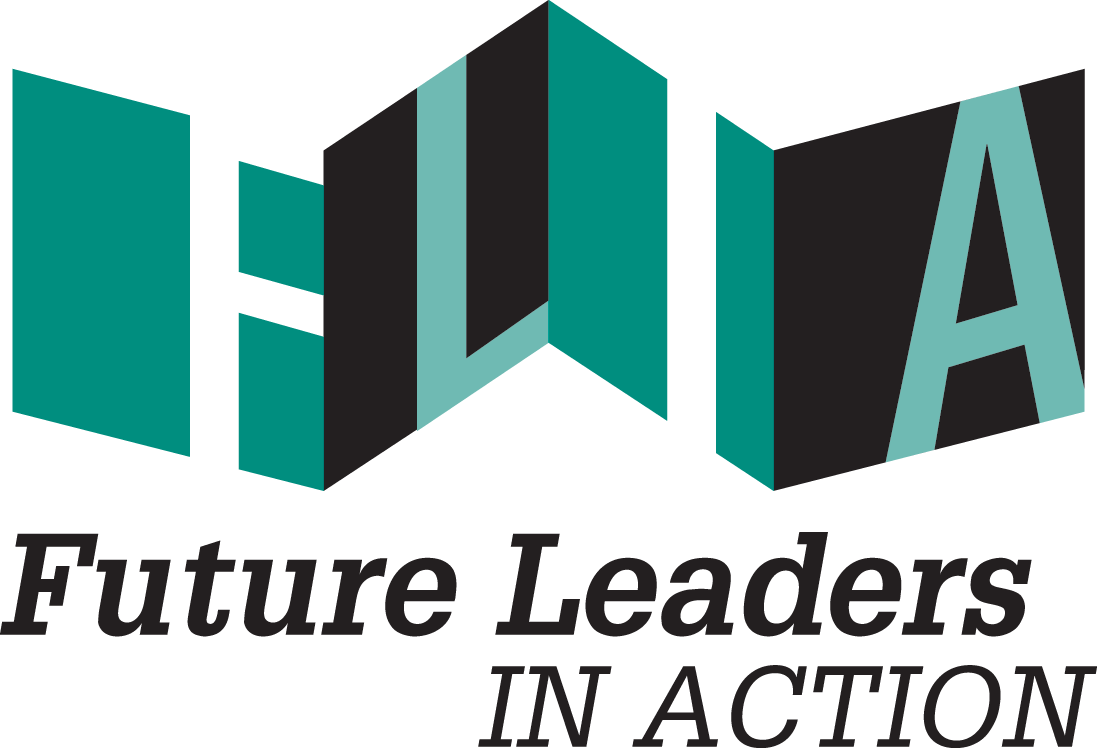Image: South Bronx United
When starting my fellowship, I was asked by my partnership to redesign a positive behavior incentive system for 6-12th grade called Color Cup that a previous fellow had developed for the summer of 2019. To tackle this task, I had to first not take anything personal. Although I wanted to respect the work of the previous fellow, I knew that I had to make changes so that it could be effective in our post pandemic times. This would be the first time since 2019 that the summer scholars camp would be held and the first time South Bronx United would be fully in person since the pandemic started. Next, I analyzed the work that had already been done and decided to keep the core of the system which was the name of the system, that students were split into 4 groups of mixed aged and mixed gender students and were assigned a color and country and that students and teams were able to gain points throughout the duration of the camp that are rooted in the three south Bronx united values. I then had the task of developing the specific behaviors that students and teams would get points for, how points were given and tracked, how to train staff on the system, how to introduce the system to the students, and how color cup assemblies were structured.
It was refreshing to work for a program who truly put aside their own egos for the betterment of the students and their families.
Navigating this workload meant I had to be very organized. Early on with the help of our FLIA action plan I mapped out what needed to be tackled first since I was also on a time deadline. I started with reading many articles about adolescent development since I wanted my implementations to be developmentally appropriate towards our student population. I then developed surveys for the students who would be attending the program to gauge how they like to be rewarded, how often, and what behaviors they like to get noticed for. I wanted the students to feel a sense of autonomy with the system in the hopes that it would motivate and engage them to participate in the system. I also conducted interviews with existing staff to gauge what kinds of behaviors were usually seen by the students and behavior management issues that arises in their classrooms. I wanted to create a system that would help staff deter any difficult behaviors that naturally come up in the classrooms and on the soccer field. Throughout the fellowship I was also taking two courses through Harvard’s Graduate School of Education called how people learn and I took many key concepts that I learned and applied them into my development of the system such as motivation, students and teacher buy in, context, bonding and bridging social capital, and social emotional learning. Through the second course called evidence I applied what I learned about causal evidence to guide how I structured the points systems as well as my surveys and interviews with staff and students. Even though I had to juggle between FLIA responsibilities, SBU responsibilities and Harvard courses I made sure that everything that I had on my plate complimented one another and all my responsibilities expanded on one another furthering my knowledge and understanding.
Image: South Bronx United
At South Bronx United I realized that a challenge I would not face is lack of communication because SBU is a very supportive and communicative organization. It was refreshing to work for a program who truly put aside their own egos for the betterment of the students and their families. On my first day the program director told me if I saw anything at all within the organization that I felt they should do differently to please speak up and they will take all my suggestions into consideration. I have worked for youth organizations in the south Bronx before and it was always the case that someone from administration would get offended if you suggested a change to their system instead of seeing the intention behind the suggestion which is to help the students and families. This open line of communication was what was able to allow me to completely restructure their positive behavior incentive system with confidence. I learned from their communication styles and was able to build connections by being responsive.



